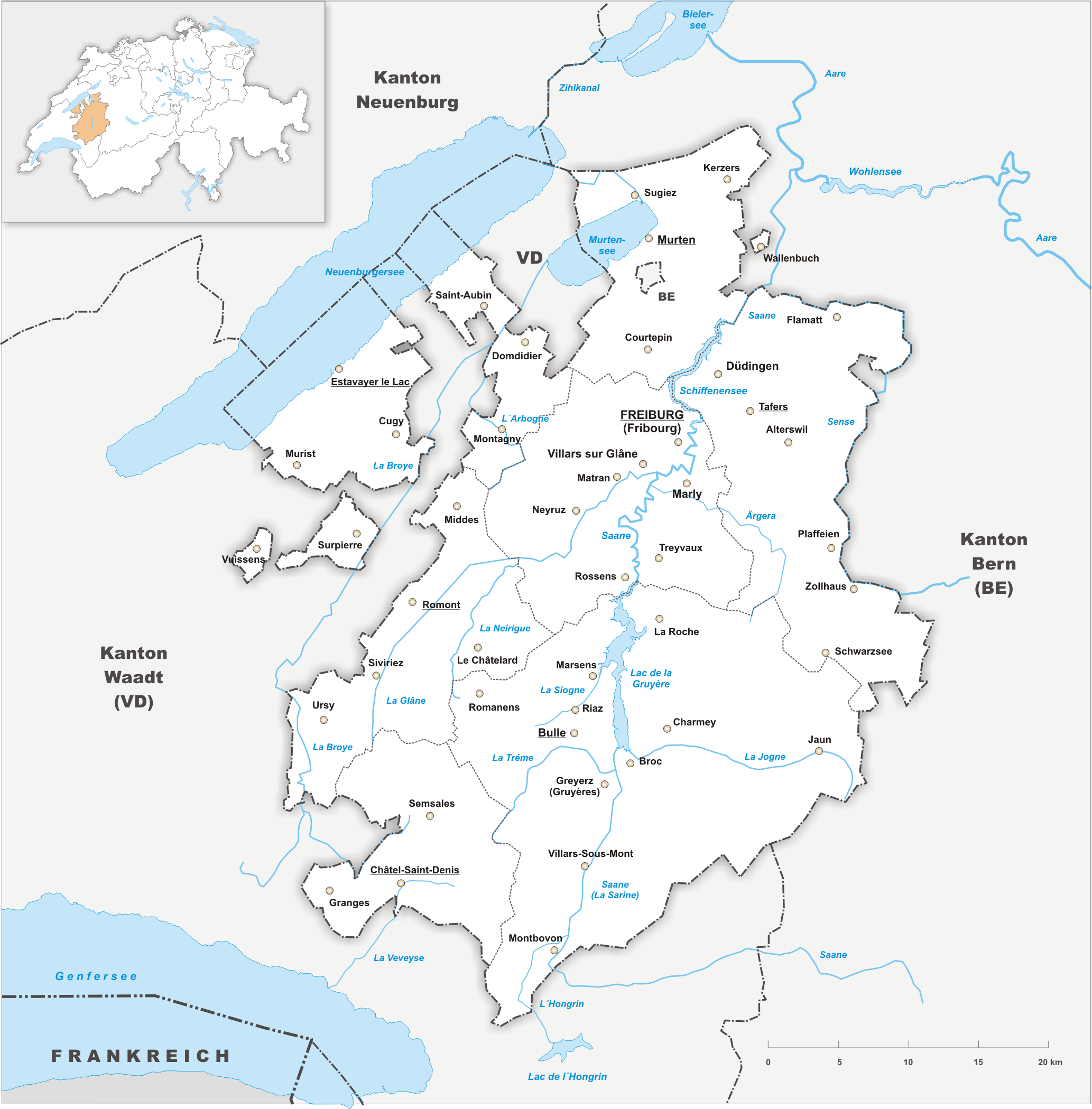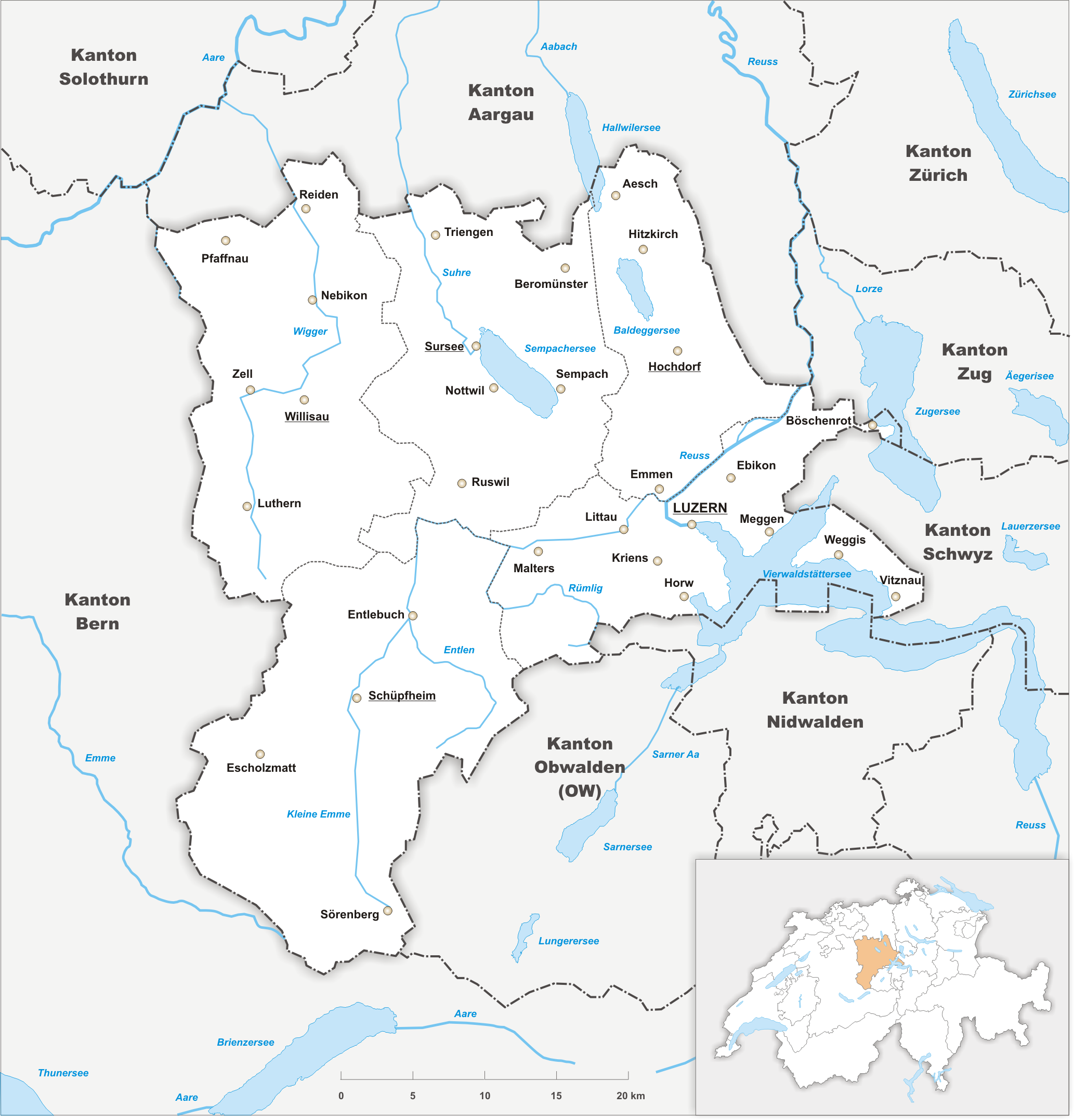|
Philip Of Hachberg-Sausenberg
Margrave Philip of Hachberg-Sausenberg (1454 – 9 September 1503) was the son of the Margrave Rudolf IV of Hachberg-Sausenberg and Margaret of Vienne. Philip reigned in 1487–1503 as Margrave of Hachberg-Sausenberg and Count of Neuchâtel. From 1466 he called himself Lord of Badenweiler. Family As part of his alliance with France, Philip married Maria of Savoy, daughter of Amadeus IX of Savoy, and one of the nieces of Louis XI, King of France, around 1476 or 1478. With Philip's death, the male line of the Hachberg-Sausenberg family died out. Philip's father, Rudolf IV, had begun negotiations with the senior line of the House of Zahringen (of which Rudolf's Hachberg-Sausenberg line was a cadet branch), which ruled the margraviate of Baden on the possibility of an inheritance treaty. Philip continued the negotiations with Christopher I, Margrave of Baden and on 31 August 1490, they came to an agreement on reciprocal inheritance. The treaty is known as the "Rötteln ... [...More Info...] [...Related Items...] OR: [Wikipedia] [Google] [Baidu] |
Rötteln Castle
Rötteln Castle (german: Burg Rötteln), located above the Lörrach suburb of , lies in the extreme southwest corner of the German state of Baden-Württemberg, just 10 kilometres (6 miles) north-east of the Swiss City of Basel. The fortification was one of the most powerful in the southwest, and today, it is the third largest castle ruin in Baden. The ruins of the castle are situated on a widely visible forested hill above sea level. The keep lies on a spur projecting from the steep-sided east side of the lower Wiese valley. History The era of the lords of Rötteln 1102–1316 The castle has probably existed since the beginning of the 11th century. The first documented mention of a lord of Rötteln, one Dietrich von Rötteln, the bailiff of St. Albans near Basel, is 1102. This year is also considered the date of the founding of the city of Lörrach. In 1204 Dietrich III of Rötteln died, having amassed a large holding in the Wiese valley. His sons held high offices; ... [...More Info...] [...Related Items...] OR: [Wikipedia] [Google] [Baidu] |
Philip I, Margrave Of Baden
Margrave Philip I of Baden (6 November 1479 – 17 September 1533) took over the administration of his father's possessions Baden (Baden-Baden), Durlach, Pforzheim and Altensteig and parts of Eberstein, Lahr and Mahlberg in 1515 and ruled as governor until he inherited the territories in 1527. From 1524 till 1527, he also acted as an imperial governor in the second Imperial Government. His official title was Margrave of Baden-Sponheim. Life Philip was the fifth son of the Margrave Christopher I, Margrave of Baden, Christopher I of Baden and Ottilie of Katzenelnbogen. His father intended to avoid splitting the inheritance and regarded Philip as his most capable son, so he wanted Philip to inherit the sovereignty over all his territories. He intended Philip to marry with Johanna of Hachberg-Sausenberg, Joan, the heiress of Margrave Philip of Hachberg-Sausenberg — a junior branch of the House of Baden branch line, so that Philip would become sovereign of a considerable terr ... [...More Info...] [...Related Items...] OR: [Wikipedia] [Google] [Baidu] |
Neuss
Neuss (; spelled ''Neuß'' until 1968; li, Nüss ; la, Novaesium) is a city in North Rhine-Westphalia, Germany. It is located on the west bank of the Rhine opposite Düsseldorf. Neuss is the largest city within the Rhein-Kreis Neuss district. It is primarily known for its historic Roman sites, as well as the annual Neusser Bürger-Schützenfest. Neuss and Trier share the title of "Germany's oldest city"; and in 1984 Neuss celebrated the 2000th anniversary of its founding in 16 BCE. History Ancient Rome Neuss was founded by the Romans in 16 BC as a military fortification ('' castrum'') with the current city to the north of the castrum, at the confluence of the rivers Rhine and Erft, with the name of Novaesium. Legio XVI Gallica ("Gallic 16th Legion") of the Roman army was stationed here in 43-70 AD. It was disbanded after surrendering during the Batavian rebellion (AD 70). Later a civil settlement was founded in the area of today's centre of the town during the 1st c ... [...More Info...] [...Related Items...] OR: [Wikipedia] [Google] [Baidu] |
Governor Of Provence
The land of Provence has a history quite separate from that of any of the larger nations of Europe. Its independent existence has its origins in the frontier nature of the dukedom in Merovingian Gaul. In this position, influenced and affected by several different cultures on different sides, the Provençals maintained a unity which was reinforced when the region was made a separate kingdom during the Carolingian decline of the later ninth century. Provence was eventually joined to the other Burgundian kingdom, but it remained ruled by its own powerful, and largely independent, counts. In the eleventh century, Provence became disputed between the traditional line and the counts of Toulouse, who claimed the title of "Margrave of Provence". In the High Middle Ages, the title of Count of Provence belonged to local families of Frankish origin, to the House of Barcelona, to the House of Anjou and to a cadet branch of the House of Valois. After 1032, the county was part of the Holy Ro ... [...More Info...] [...Related Items...] OR: [Wikipedia] [Google] [Baidu] |
County Of Burgundy
The Free County of Burgundy or Franche-Comté (french: Franche Comté de Bourgogne; german: Freigrafschaft Burgund) was a medieval county (from 982 to 1678) of the Holy Roman Empire, predecessor to the modern region of Franche-Comté. The name ' derives from the title of its count, ', in German 'free count', denoting imperial immediacy. It should not be confused with the more westerly Duchy of Burgundy, a fiefdom of France since 843. History The area once formed part of the Kingdom of the Burgundians, which had been annexed by the Franks in 534 and incorporated into the Kingdom of the Franks. The Empire was partitioned in 843 by the Treaty of Verdun, with the area west of the Saône river being allotted to West Francia as the French Duchy of Burgundy, while the southern and eastern parts of the former Burgundian kingdom fell to Middle Francia under Emperor Lothair I. This Middle Frankish part became the two independent entities of southern Lower Burgundy in 879 and northern U ... [...More Info...] [...Related Items...] OR: [Wikipedia] [Google] [Baidu] |
Georg Friedrich, Margrave Of Baden-Durlach
George Frederick of Baden-Durlach (30 January 1573 – 24 September 1638) was Margrave of Baden-Durlach from 1604 until his abdication in 1622. He also ruled Baden-Baden. He was the third son of margrave Charles II of Baden-Durlach and his second wife, Anna of Veldenz. He was the youngest of eight children and was only four years old when his father died. He succeeded his brother Ernest Frederick as margrave in 1604. He also continued his brother's occupation of Baden-Baden. George Frederick was a prominent member of the Protestant Union. He raised an army of 12,000 men at the beginning of the Thirty Years' War in 1618. When Catholic League forces under General Tilly approached Baden in 1622 (Palatinate campaign), he marched against them, but came too late for the Battle of Mingolsheim. Setting off to pursue the retreating Catholics, he was defeated at the Battle of Wimpfen, and his army was destroyed, a few days later. In 1627 he joined the Danish army. He died at ... [...More Info...] [...Related Items...] OR: [Wikipedia] [Google] [Baidu] |
Canton Of Bern
The canton of Bern or Berne (german: Kanton Bern; rm, Chantun Berna; french: canton de Berne; it, Canton Berna) is one of the 26 cantons forming the Swiss Confederation. Its capital city, Bern, is also the ''de facto'' capital of Switzerland. The bear is the heraldic symbol of the canton, displayed on a red-yellow background. Comprising ten districts, Bern is the second-largest canton by both surface area and population. Located in west-central Switzerland, it is surrounded by eleven cantons. It borders the canton of Jura and the canton of Solothurn to the north. To the west lie the canton of Neuchâtel, the canton of Fribourg and canton of Vaud. To the south lies the canton of Valais. East of the canton of Bern lie the cantons of Uri, Nidwalden, Obwalden, Lucerne and Aargau. The geography of the canton includes a large share of all three natural regions of Switzerland: the Jura Mountains (the Bernese Jura), the Swiss Plateau (the Bernese Mittelland) and the Alps (th ... [...More Info...] [...Related Items...] OR: [Wikipedia] [Google] [Baidu] |
Canton Of Fribourg
The canton of Fribourg, also canton of Freiburg (french: Canton de Fribourg ; german: Kanton Freiburg ; frp, Canton de Fribôrg rm, Chantun Friburg it, Canton Friburgo) is located in western Switzerland. The canton is bilingual, with French spoken by more than two thirds of the citizens and German by a little more than a quarter. Both are official languages in the canton. The canton takes its name from its capital city of Fribourg. History On the shores of Lake Neuchâtel and Lake Morat significant traces of prehistoric settlements have been unearthed. The canton of Fribourg joined the Swiss Confederation in 1481. The area is made up of lands acquired by the capital Fribourg. The present extent was reached in 1803 when Murten (Morat) was acquired. The canton of Fribourg joined the separatist league of Catholic cantons in 1846 ( Sonderbund). The following year, its troops surrendered to the federal army. Geography The canton is bounded to the west by Lake Neuchâtel, to ... [...More Info...] [...Related Items...] OR: [Wikipedia] [Google] [Baidu] |
Canton Of Luzern
The canton of Lucerne (german: Kanton Luzern rm, Chantun Lucerna french: Canton de Lucerne it, Canton Lucerna) is a canton of Switzerland. It is located in the centre of Switzerland. The population of the canton (as of ) is . , the population included 57,268 foreigners, or about 15.8% of the total population. The cantonal capital is Lucerne. History The canton of Lucerne comprises territories acquired by its capital Lucerne, either by treaty, armed occupation or purchase. The first town acquired was Weggis (in 1380), Rothenburg, Kriens, Horw, Sempach and Hochdorf (all in 1394), Wolhusen and Entlebuch (1405), the so-called "Habsburger region" to the northeast of the town of Lucerne (1406), Willisau (1407), Sursee and Beromünster (1415), Malters (1477) and Littau (1481), while in 1803, in exchange for Hitzkirch, Merenschwand (held since 1397) was given up. Prehistory The oldest traces of humans in the Lucerne area are stone artifacts and cave bear bones found in the St ... [...More Info...] [...Related Items...] OR: [Wikipedia] [Google] [Baidu] |
Canton Of Solothurn
The canton of Solothurn or canton of Soleure (german: Kanton Solothurn rm, Chantun Soloturn french: Canton de Soleure; it, Canton Soletta) is a canton of Switzerland. It is located in the northwest of Switzerland. The capital is Solothurn. History The foundation of the village of ''Salodurum'' took place in the time of the Roman emperor Tiberius. The territory of the canton comprises land acquired by the former town, mainly in the Middle Ages. For that reason the shape of the canton is irregular and includes two exclaves along the French border, separated from the rest of the canton by Basel-Land, which form separate districts of the canton. In 1481, the canton became a member of the military alliance of the former Swiss confederation. At the end of the Reformation, Solothurn maintained its Catholic religion. Between 1798 and 1803 the canton was part of the Helvetic Republic. In 1803 Solothurn was one of the 19 Swiss cantons that were reconstituted by Napoleon ('' Mediation ... [...More Info...] [...Related Items...] OR: [Wikipedia] [Google] [Baidu] |
House Of Orléans-Longueville
Duke of Longueville (''Longueville-sur-Scie'') was a title of French nobility, though not a peerage of France. History The title was created in 1505 by King Louis XII of France for his first cousin once removed, François d'Orléans, Count of Dunois, son of François d'Orléans, Count of Dunois, son of Jean d'Orléans, himself an illegitimate son of the Duke of Orléans. The title became extinct in 1694, following the death of Jean Louis Charles d'Orléans, who was the brother of Marie de Nemours. From 1648, the Duke of Longueville was also Sovereign Prince of Neuchâtel, a Swiss territory. In 1654, the eighth duke was created a peer as Duke of Coulommiers, but the peerage was never registered and so became extinct at his death. Dukes of Longueville # François II (1478–1513). # Louis I (1480–1516), brother of the preceding. # Claude (1508–1524), son of the preceding. # Louis II (1510–1537), brother of the preceding. # François III (1535–1551), son of the pr ... [...More Info...] [...Related Items...] OR: [Wikipedia] [Google] [Baidu] |
Jure Uxoris
''Jure uxoris'' (a Latin phrase meaning "by right of (his) wife"), citing . describes a title of nobility used by a man because his wife holds the office or title '' suo jure'' ("in her own right"). Similarly, the husband of an heiress could become the legal possessor of her lands. For example, married women in England and Wales were legally incapable of owning real estate until the Married Women's Property Act 1882. Kings who ruled ''jure uxoris'' were regarded as co-rulers with their wives and are not to be confused with king consort, who were merely consorts of their wives. Middle Ages During the feudal era, the husband's control over his wife's real property, including titles, was substantial. On marriage, the husband gained the right to possess his wife's land during the marriage, including any acquired after the marriage. Whilst he did not gain the formal legal title to the lands, he was able to spend the rents and profits of the land and sell his right, even if the wife ... [...More Info...] [...Related Items...] OR: [Wikipedia] [Google] [Baidu] |








